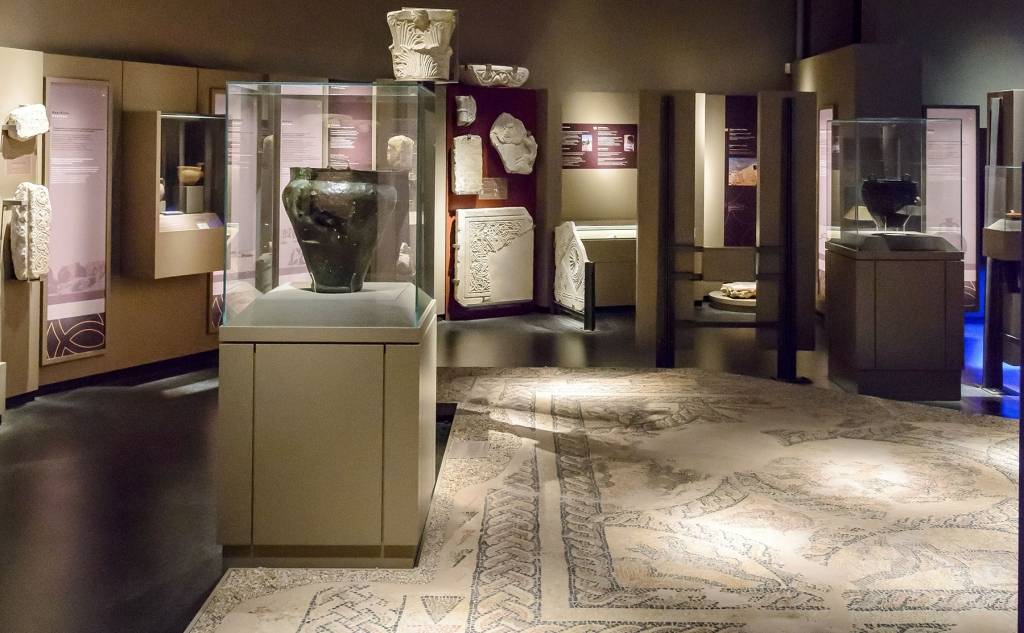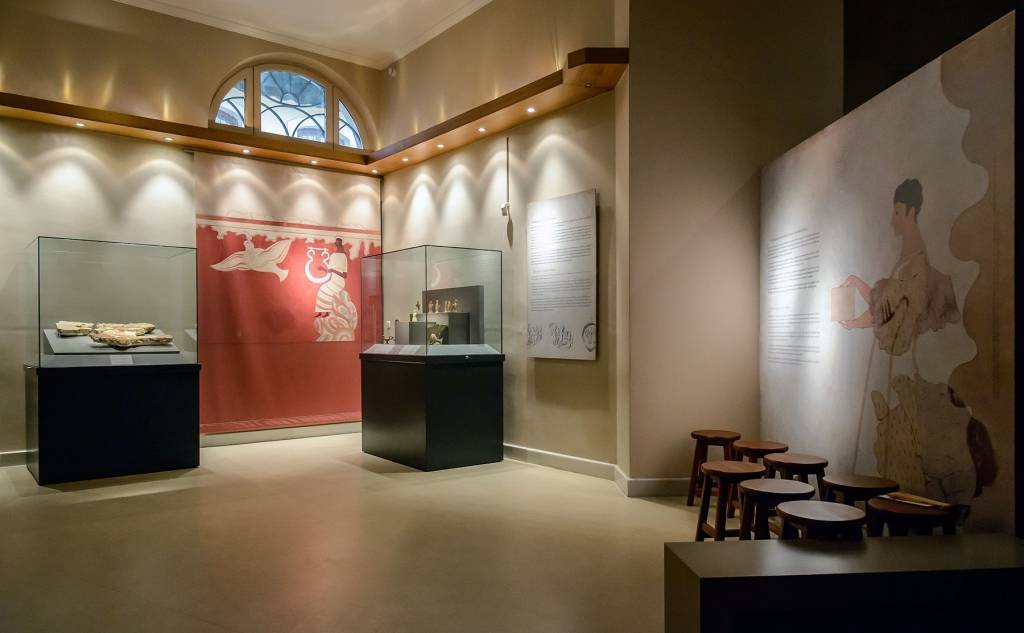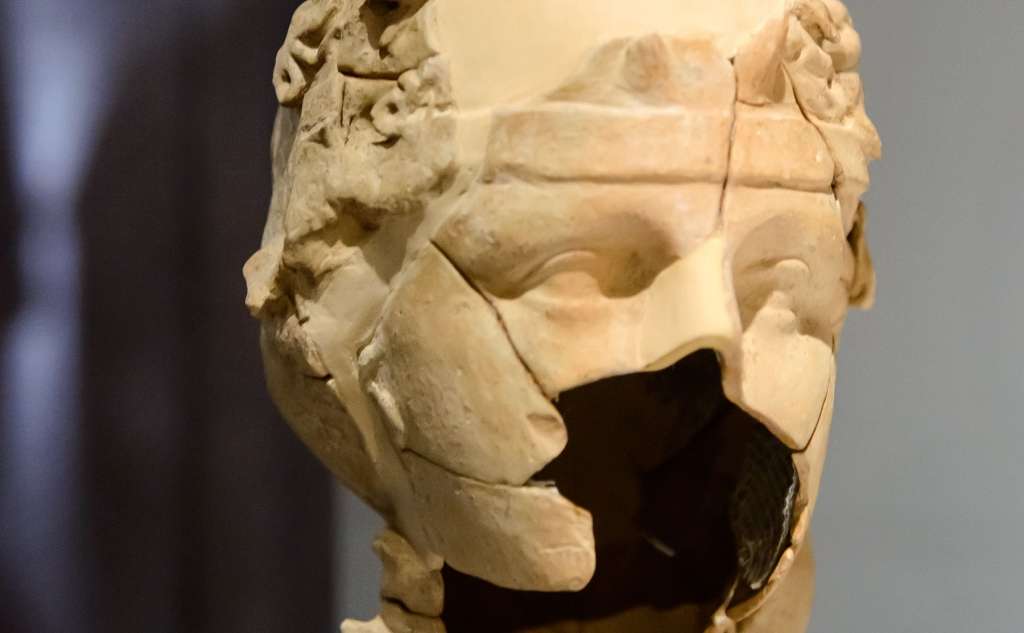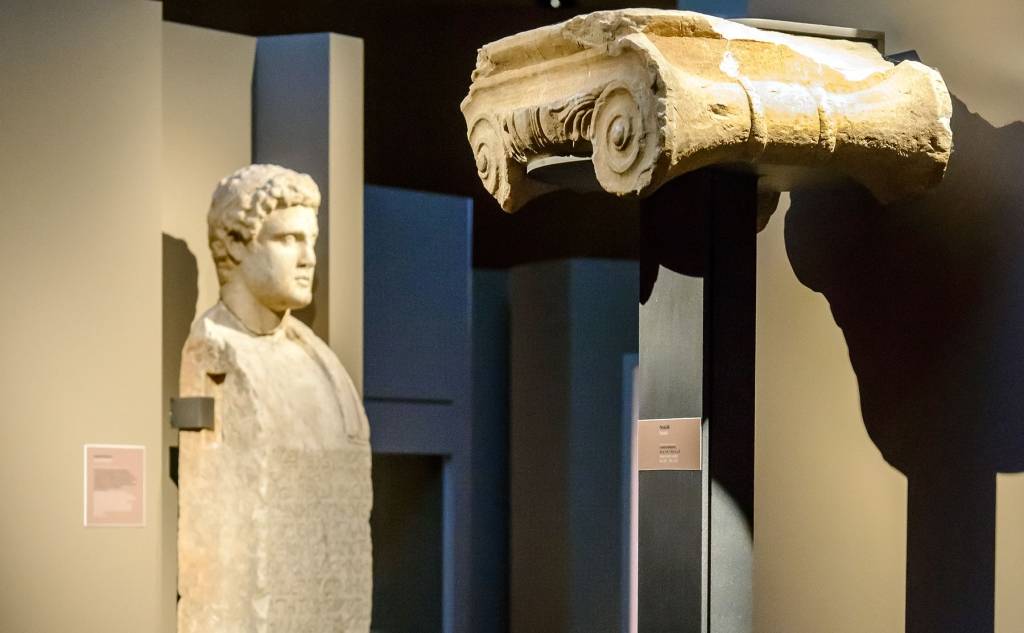Archaeological Museum Of Messinia
The Archaeological Museum of Messenia is located in the heart of the historic centre of Kalamata, in the place where the Municipal Market of the city used to be housed. The current museum's collection includes findings that were formerly kept in the Benakis Archaeological Museum of Kalamata - a remarkable building of Venetian architecture from 1742 that collapsed during the 1986 earthquake.
The exhibition aims to present the antiquities of Messenia through time, i.e. from Prehistoric times to the Byzantine era. Following the old geographical division of the prefecture into four provinces, Kalamata, Messina, Pylia and Trifylia, the exhibition is developed in corresponding large geographical units, within which the most important archaeological sites with representative findings from excavations and surface surveys are included., Visitors follow a central "road artery" between the showcases and exhibits, reminiscent of the flow of the Pamisos River that runs through a large part of Messenia in order to "penetrate" these geographical units.
In the province of Kalamata, the bronze tributes from the sanctuary of Artemis Limnatis in Volymnos of Artemisia stand out, while Akovitika is also of great importance, where excavations brought to light the Archaic and Classical period sanctuary of Poseidon, as well as the remains of two Protohelladic mansions.
In the province of Messina, a few indicative findings from Ancient Messina are presented, as all the excavation findings are housed in the Archaeological Museum of Ancient Messina. Visitors, however, can admire parts of the mosaic that adorned the floor of a Roman mansion in the area of Desyllas, as well as the Armónicos inscribed column.
In the province of Pylia, the findings from ancient Koroni (today's Petalidi) and the vaulted Mycenaean tombs of Platanovrysi, Chandrinos, Koukounara, Kremmydia and Soulinario stand out. Also, a prominent position was occupied by the impressive mosaic floor of the Late Roman times.
In the province of Trifylia, representative findings of settlements under the influence of Nestor’s Palace are exhibited, such as the exhibits from the various vaulted Mycenaean tombs. Of particular interest is the golden cup found in Peristeria, which was one of the rich gifts of the royal tombs.
Ten thematic sections are marked with visual material based on the space in which various important events took place for a more comprehensive historical understanding. The ten thematic sections are as follows:
- "The Villeardouins and Messenia"
- "Mani and the Despotate of Morias."
- "Thouria, a charming city."
- "Outside Mani, on the border of Messenia – Lakonia."
- "Holy Nikon the Repentant and Messenia."
- "The capital of the independent Messenian state in the foothills of Ithomi."
- The Venetian-occupied Pylia (1206-1500)."
- A Mycenaean centre in the Messenian Gulf."
- The territory of Nestor's palace."
- "The Mycenaeans of Triphylia."
Finally, the Archaeological Museum of Messenia actively participates in the educational activities of the Ministry of Culture by organising educational programmes and activities aimed at families, schools and visitors.
| MONDAY | 08:00 - 20:00 |
| TUESDAY | 12:30 - 20:00 |
| WEDNESDAY | 08:00 - 20:00 |
| THURSDAY | 08:00 - 20:00 |
| FRIDAY | 08:00 - 20:00 |
| SATURDAY | 08:00 - 20:00 |
| SUNDAY | 08:00 - 20:00 |









